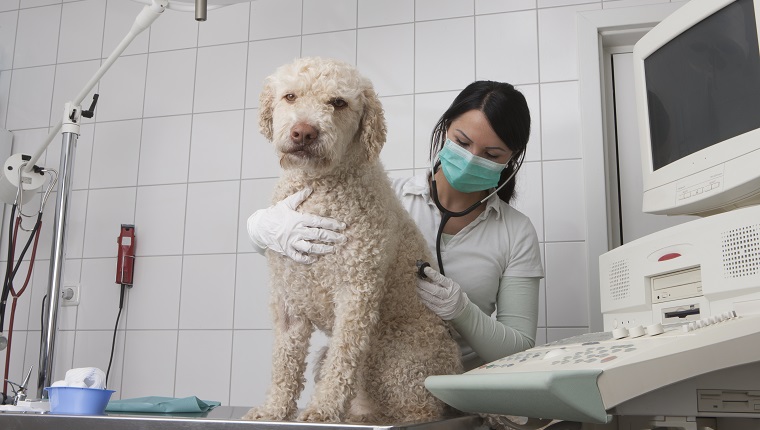Breathing difficulties are capable of affecting all dogs, no matter their age, sex, or breed. They can involve a range of symptoms depending on the underlying cause of the condition.
If you see your dog experiencing issues with their breathing, then it’s important to seek medical help straight away. Although, remember that increased levels of panting after vigorous exercise may simply return to normal with a little time and rest.
If you see signs that your canine might have trouble breathing normally, then you must consult your veterinarian for a proper diagnosis and course of treatment. Here’s what you should know about the symptoms, causes, and treatments of breathing difficulties in dogs.
Symptoms Of Breathing Difficulties In Dogs
Breathing difficulties in dogs can result in a number of symptoms depending on both the underlying cause of the problem and the breed of the dog.
Some of the most general symptoms include:
- Labored breathing (known as dyspnea)
- Very rapid breathing (known as tachypnea)
- Breathing through an open mouth
- Nostrils flaring
- Breathing noisily
- Very shallow breathing
Causes Of Breathing Difficulties In Dogs

Breathing difficulties in dogs can result from a number of underlying issues.
In cases of dyspnea, causes might include infection, tumors, lung diseases, and heartworm.
If a dog is suffering from tachypnea, the cause might involve low levels of red blood cells, lower than normal levels of oxygen in the blood, and blood clots.
Finally, if a dog is panting excessively, there are a range of causes that could include fever, obesity, high blood pressure, and anxiety.
Veterinary Treatments
If you notice that your dog is prone to breathing difficulties, speak to a veterinarian straight away. The condition is considered to be an emergency.
The vet will ask questions about the dog’s medical history as well as any recent circumstances or incidents that may have prompted the condition. Additionally, they’ll closely examine the dog’s chest and breathing, along with their gums to see if any changes of color might indicate the root cause of the problem.
Vets may also use X-rays of the chest, an electrocardiogram (ECG), and detailed blood tests when evaluating the dog and forming a diagnosis.
When it comes to treatment, the precise course will depend on the underlying cause. In some cases, dogs may need a period of hospitalization to stabilize their condition.
If your vet prescribes medicine for your dog to help with their breathing, then it is vital that you stick to the recommended dosage and frequency instructions and complete the full course of medication.
Has your dog started to suffer from breathing difficulties? Did your vet find out what caused the issues? Tell us all about it in the comments below.




